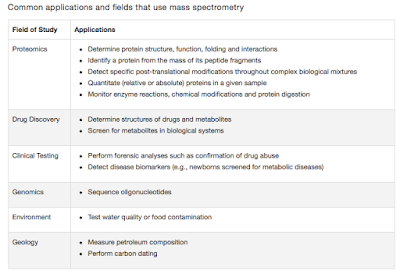Toll Like Receptors
Greetings
Cells are an amazing bag of self sustaining chemicals, if I could put it that way. This statement not only means it is inherently meant to power itself, it should also be able to defend itself from other's who means to steal it. In a post long ago (Link), I had talked a little bit about sensing of viral DNA in context with STING (Simulator of Interferon genes) pathway. But before the cell decides, they need to trigger a reaction, a signal has to arrive that it is warranted. In other words sensor messenger's that alert to the need of immunity.
The problem in having a innate immune sensor that detects any invader is that there is a huge number of possible signatures. It is not possible for cell to develop every kind of sensor. Instead evolution has selected for sensors based on conserved biological signatures. Such signatures are referred are called as pathogen-associated molecular patterns (PAMPs). There are several types of sensors (somebody needs to write a book on it). Someone asked me if I could put up some basics on TLR's. So here it is.
Toll was originally studied in Drosophila. The first human Toll-like receptor was described by Nomura etal in 1994 and chromosomal location identified by Taguchi etal in 1996 When a similar homologue was found in humans, it was called as Toll like receptor, and the name stands true till date. In the Drosophila genome, 9 Toll genes are noted. In Drosophila, Toll receptor is activated when proteolytically cleaved by a ligand Spatzle binds to the receptor, eventually leading to the activation of the NF-κB factors and production of antimicrobial factors.
 |
| Table 1: TIR protein sub-types. |
Human TLRs are 700–1100 amino acids long transmemebrane proteins with Leucine-rich repeat extracellular domain, a transmembrane region, and an internal cytoplasmic domain. Cytoplasmic domain is similar to IL-1 receptor family, and thus termed as Toll/IL-1 receptor (TIR) domain. The TIR domain is divisible into 3 sets- Type I to III. See Table 1.
It would be of no use to the reader to write a long essay about all the TLR's. So I simply summarized everything into a table. See Table 2
Valanne, S., Wang, J., & Ramet, M. (2011). The Drosophila Toll Signaling Pathway The Journal of Immunology, 186 (2), 649-656 DOI: 10.4049/jimmunol.1002302
Takeda, K. (2005). Toll-like Receptors and their Adaptors in Innate Immunity Current Medicinal Chemistry - Anti-Inflammatory & Anti-Allergy Agents, 4 (1), 3-11 DOI: 10.2174/1568014053005336
Kawasaki, T., & Kawai, T. (2014). Toll-Like Receptor Signaling Pathways Frontiers in Immunology, 5 DOI: 10.3389/fimmu.2014.00461






Comments
Post a Comment